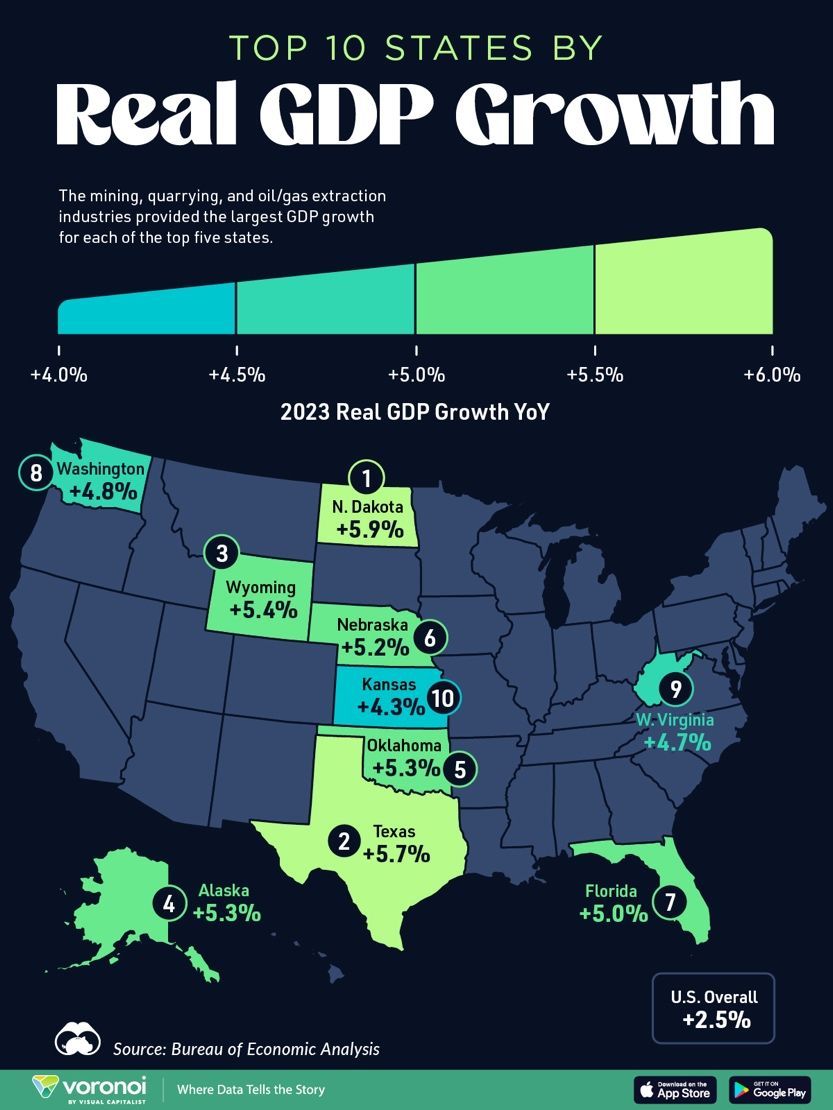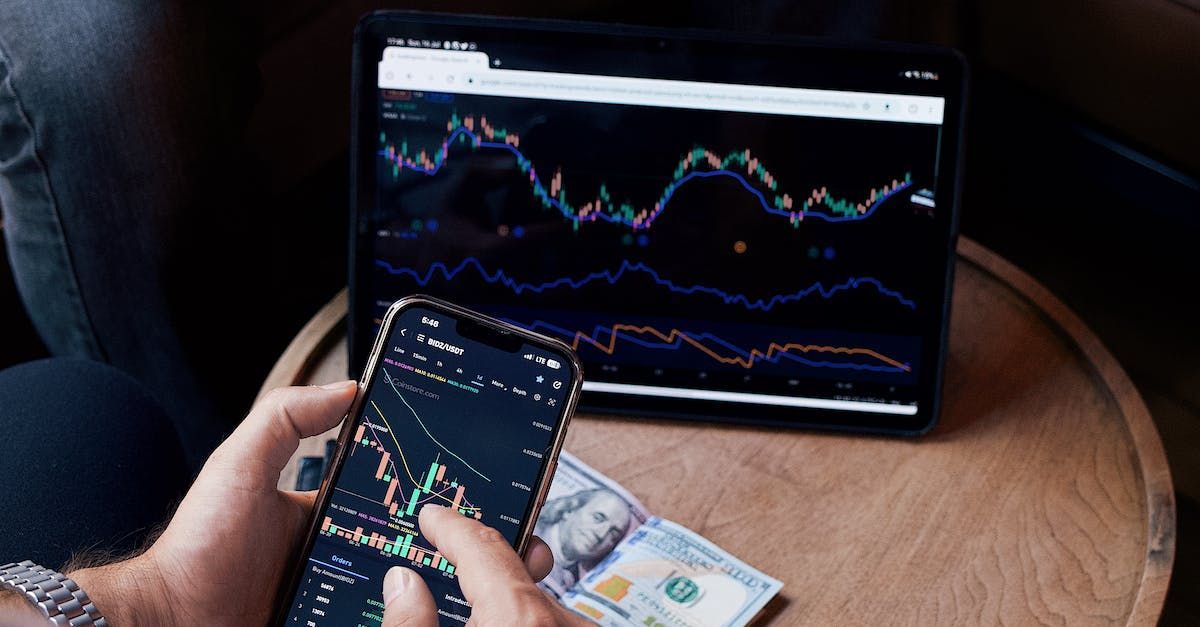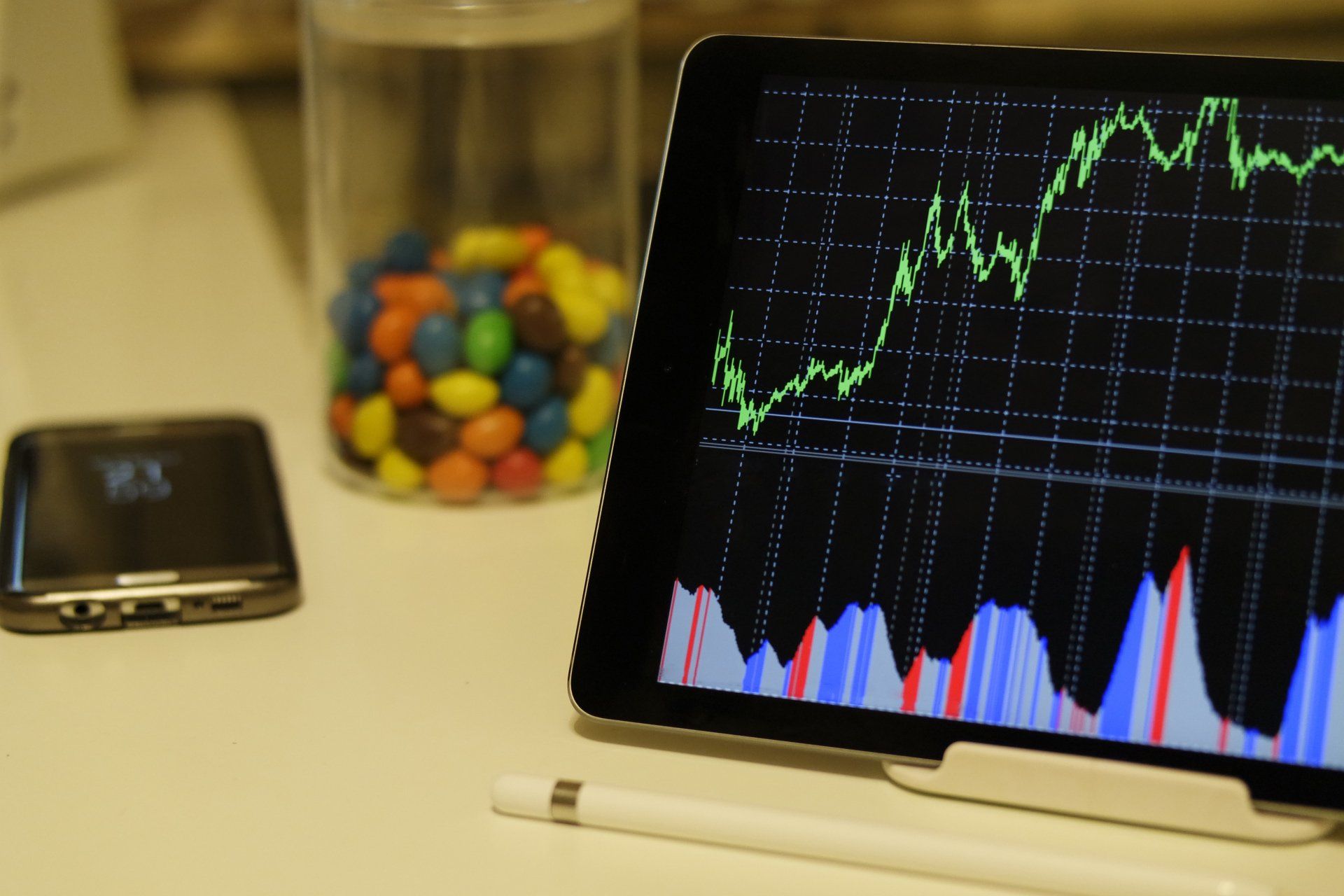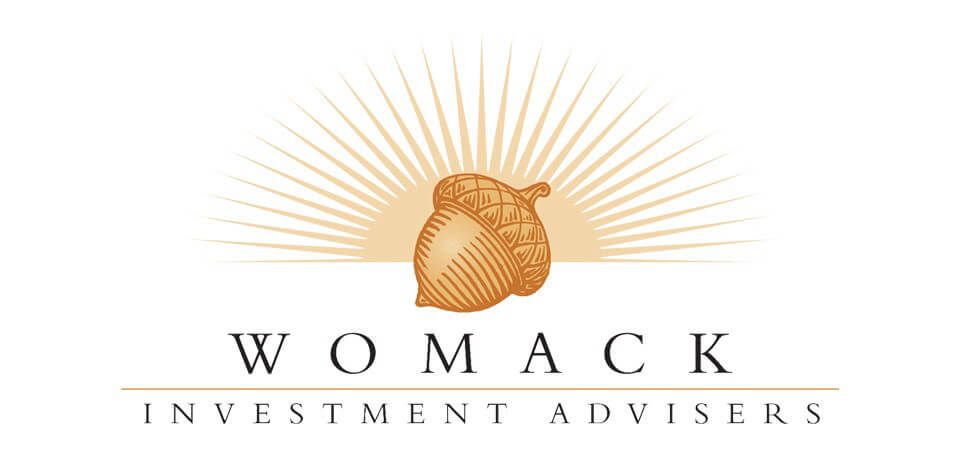Get in touch
405-340-1717
email@womackadvisers.com
1366 E 15th St, Edmond, OK 73013
Tel: (405) 340-1717 Fax: (405) 340-6091
Email: greg@womackadvisers.com
Womack Investment Advisers Blog

By Greg Womack
•
24 Apr, 2024
As the world’s largest oil producer, the U.S. hit a historic 12.9 million barrels per day in crude oil production in 2023—more than any other country ever. Given these tailwinds, the top five fastest-growing states by real GDP in 2023 were all powered by the mining, quarrying, and oil and gas extraction sector. Below, we show the strongest state economies by real GDP growth last year: North Dakota witnessed the highest growth, with real GDP rising by 5.9%. As the third largest oil-producing state, it also has one of the strongest job markets in the country. In February 2024, the state’s unemployment rate was 2.0%, significantly lower than the national average of 3.9%. Falling in second is Texas, whose economy surged to $2 trillion in inflation-adjusted terms. In 2023, the oil and gas industry generated about $72 million per day in local and state taxes in addition to state royalties. Roughly half of U.S. crude oil exports are shipped from Corpus Christi Bay, a port along the Texas coastline. As the seventh-fastest growing state, Florida’s economy was largely supported by retail trade, its biggest driver. Moreover, Florida boasted the highest growth rates nationwide in both personal and property income, rising at 7.0% and 8.8%, respectively, over the year. By contrast, some of the slowest-growing states were Delaware, Mississippi, and New York, each with a real GDP growth rate falling below 1%. Is your portfolio positioned to take advantage of the trends? Please click here for your free risk assessment. This questionnaire will allow of us to find a way that best fits your needs! We will be in touch to review with you. For more information on how to be financially prepared, contact our office at (405) 340-1717 or email greg@womackadvisers.com Greg Womack 1366 E. 15 th Street Edmond, OK 73013 Phone: (405) 340-1717 www.womackadvisers.com

By Greg Womack
•
24 Apr, 2024
There is a lot going on in the world that could affect the value of financial markets – wars, tensions between major powers, a strong dollar, and rising oil prices – just to name a few. Last week, it was Federal Reserve policy. The possibility that the Fed might keep rates higher for longer shook investors, reported Naomi Rovnick of Reuters. At a policy forum early in the week, Fed Chair Jerome Powell told the audience: “The performance of the U.S. economy over the past year has really been quite strong. We had growth of more than three percent last year as rebounding supply supported both robust growth and spending, and also employment alongside a considerable decline in inflation. More recent data show solid growth and continued strength in the labor market but also a lack of further progress so far this year on returning to our two percent inflation goal…we’ll need greater confidence that inflation is moving sustainably toward two percent before it would be appropriate to ease policy.” With the federal funds rate likely to remain at its current level for longer than expected, markets reconsidered how that might affect economic growth and corporate earnings, reported Jacob Sonenshine of Barron’s. “Big investors are not rushing to change long-term holdings, but in a sign of things to come, stock market volatility is around a six-month peak as traders debate how high the U.S. rate…against which financial assets are valued will stay,” reported Rovnick. The Standard & Poor’s 500 Index moved lower over the week as investors sold technology stocks on fears that first-quarter earnings reports might disappoint, reported Rita Nazareth of Bloomberg. The Nasdaq Composite and Dow Jones Industrial Average moved lower, too, while yields on many maturities of U.S. Treasuries moved higher. Is your portfolio positioned to take advantage of the trends? Please click here for your free risk assessment. This questionnaire will allow of us to find a way that best fits your needs! We will be in touch to review with you. For more information on how to be financially prepared, contact our office at (405) 340-1717 or email greg@womackadvisers.com Greg Womack 1366 E. 15 th Street Edmond, OK 73013 Phone: (405) 340-1717 www.womackadvisers.com

By Greg Womack
•
19 Apr, 2024
Inflation and geopolitics and earnings. Oh, my! It was a rough week for stock markets. “The S&P 500 closed 1.5% lower on Friday, while the Nasdaq Composite dipped 1.6%. Every S&P 500 sector closed lower—and just about 40 stocks in the index finished the day with gains,” reported Connor Smith of Barron’s. A trio of issues caused investors to reassess their expectations for the year. Here’s what many were thinking about: Prices rising at home. Early last week, the Consumer Price Index showed prices had moved higher in March. Headline inflation was 3.5 percent year-over-year, up from 3.2 percent in February. Higher prices for gasoline and shelter were the primary drivers of the increase. Inflation, in tandem with strong economic data, dashed investors’ hopes that the Federal Reserve will lower rates soon, reported Augusta Saraiva and Matthew Boesler of Bloomberg. Tensions rising overseas. One of the drivers behind rising prices is geopolitics, reported Rita Nazareth of Bloomberg. Oil markets have been responding to the possibility of escalating tensions in the Middle East, as well as the damage done by drone strikes on Russian oil infrastructure. Equities moved lower and gold moved higher as investors sought so-called safe-haven investments, last week. Corporate earnings growth. Last week, banks began reporting on their performance during the first quarter of 2024. Some banks reported net interest income (the profit earned from lending money) that was lower than analysts anticipated. The gap in expectations was due, in part, to the fact that bank accountholders were seeking higher returns on their savings, reported Sridhar Natarajan of Bloomberg. Despite disappointment over bank’s interest income, earnings grew by 3.2% for the handful of S&P 500 companies that have already reported, according to John Butters at FactSet. By the end of the week, major U.S. stock indices were lower. U.S. Treasury yields moved higher over the week. Financial markets are likely to be volatile as investors adjust to U.S. economic strength and changing expectations for Fed rate cuts and geopolitical events. While market turbulence can be unsettling, price swings can create opportunities to invest in quality assets at attractive levels. Is your portfolio positioned to take advantage of the trends? Please click here for your free risk assessment. This questionnaire will allow of us to find a way that best fits your needs! We will be in touch to review with you. For more information on how to be financially prepared, contact our office at (405) 340-1717 or email greg@womackadvisers.com Greg Womack 1366 E. 15 th Street Edmond, OK 73013 Phone: (405) 340-1717 www.womackadvisers.com

By Greg Womack
•
11 Apr, 2024
The bull charged from October 2023 through March 2024. Last week, it took a breather. Optimistic may be the best word to describe the first quarter of 2024. From the start of the year, investors were confident that an economic soft landing in the United States was possible. The U.S. stock market reflected investors’ conviction that: · The U.S. economy would continue to demonstrate resilience; · Inflation would continue toward the Federal Reserve (Fed)’s target; and · The Fed would eventually lower the federal funds rate, pushing borrowing costs down and boosting economic growth. Over the first quarter, the Standard & Poor’s 500 Index moved 10.2 percent higher. “That’s only the fourth time since the start of the millennium [the S&P 500] has gained 8% or more in the first three months of the year…,” reported Teresa Rivas of Barron’s. “Of the 16 times the S&P 500 has managed to rise 8% or more in the first quarter from 1950 through 2023, only once—in 1987, the year of the Black Monday crash—did the index lose ground in the rest of the year.” (While the historic data are interesting, past performance is no guarantee of future results.) The U.S. stock rally “showed yet again that under the right conditions equities can thrive amid considerable uncertainty,” wrote Economist Mohamed El-Erian. In a Bloomberg opinion piece, he explained that U.S. stocks have moved higher despite: · Changing interest rate expectations, · Rising oil prices, · Wars in Gaza and Ukraine, · Escalating tensions among major powers, and · Recessions in Germany, Japan, and the United Kingdom. These issues carried less weight than other factors, El-Erian explained. “…the first quarter saw much broader investor adoption of the promise of generative artificial intelligence…This was supported by growing recognition of the innovative technology's potential to enhance productivity across many sectors and in a durable manner…From a top-down perspective, the rally's expansion…was fueled by a combination of US economic exceptionalism and the Federal Reserve's relatively dovish stance on monetary policy.” Early last week, the rally paused. The S&P 500 fell by more than two percent through Thursday. Some attributed the shift to hawkish comments from the President of Federal Reserve Bank of Minneapolis Neel Kashkari. In an interview with Pensions & Investments, Kashkari commented, “If we continue to see inflation moving sideways, then that would make me question whether we need to do those rate cuts at all," reported Reuters. Other factors were at play, too. John Authers of Bloomberg pointed out that the market backpedaled after a jump in oil prices (which have the potential to push inflation higher), as well as rising tensions between the U.S. and Israel. On Friday, the market rebounded after a blowout employment report. Bloomberg Economics forecast a downshift in hiring that would result in fewer than 200,000 new jobs for March, reported Matthew Boesler. That forecast was off the mark. Employers added more than 300,000 new jobs during the month. Strong hiring pushed the unemployment rate lower even though more people were actively looking for work during the month. Is your portfolio positioned to take advantage of the trends? Please click here for your free risk assessment. This questionnaire will allow of us to find a way that best fits your needs! We will be in touch to review with you. For more information on how to be financially prepared, contact our office at (405) 340-1717 or email greg@womackadvisers.com Greg Womack 1366 E. 15 th Street Edmond, OK 73013 Phone: (405) 340-1717 www.womackadvisers.com

By Greg Womack
•
25 Mar, 2024
The central banks have spoken. No one expected the United States Federal Reserve to announce a rate change last week – and it didn’t. But Fed Chair Jerome Powell’s comments and the actions of other central banks led to new records being set in stock markets around the world, reported Randall Forsyth of Barron’s. “…the world’s central banks, led by the U.S. Federal Reserve…have all but green-lighted lower policy interest rates in coming months in the expectation that inflation will continue to make downward progress without triggering recessions. The Fed’s counterparts at the European Central Bank and the Bank of England similarly signaled lower rates ahead, while the Swiss National Bank made a surprise cut this past week…Meanwhile, major Latin American central banks, led by Brazil and Mexico, are well along in their rate cuts, having been much prompter in raising their rates to fight inflation starting in 2021, a year or more ahead of the Group of 10.” In the United States, a lower federal funds rate could be good news for consumers and businesses. So, how low could rates go? The Fed’s updated Summary of Economic Projections (SEP) shows that Fed officials expect the federal funds rate to move lower over the next three years, and beyond, based on what they know today. Here’s the SEP year-by-year forecast: 2024: 63-4.87 percent by year end. (Implying three quarter-point rate cuts over the year.) 2025: 88-4.12 percent by year end. (Implying three quarter-point rate cuts over the year.) 2026: 13-3.37 percent by year end. (Implying three quarter-point rate cuts over the year.) Longer term: 38-2.62 percent. (Implying additional rate cuts.) When the fed funds rate moves lower, lending rates usually fall as well. So, consumers who buy a home or a car, apply for a home equity or business loan, or use a credit card over the next few years, could see lower interest rates. Is your portfolio positioned to take advantage of the trends? Please click here for your free risk assessment. This questionnaire will allow of us to find a way that best fits your needs! We will be in touch to review with you. For more information on how to be financially prepared, contact our office at (405) 340-1717 or email greg@womackadvisers.com Greg Womack 1366 E. 15 th Street Edmond, OK 73013 Phone: (405) 340-1717 www.womackadvisers.com

By Greg Womack
•
18 Mar, 2024
Here’s the tea on stock markets and presidential elections. Last week, a slew of headlines mentioned stock market bubbles and frothy valuations. The implication was that markets might be headed lower because they’ve risen so high. Last Wednesday, Lewis Krauskopf of Reuters reported: “Some market participants believe the relentless U.S. stock rally is poised for a breather, even if it remains unclear whether equities are in a bubble or a strong bull run. The benchmark S&P 500…is up over 25% in the last five months, a phenomenon that has occurred just 10 times since the 1930s, according to BofA Global Research…the S&P has already made 16 record highs this year, the most in any first quarter since 1945, CFRA Research data showed.” By the end of last week, we’d seen 17 record highs for the Standard & Poor’s (S&P) 500 Index. If there is a market downturn this year, election sentiment is likely to be one of the reasons for the move. “Market moves during election years do tend to follow a similar pattern—declines leading up to early November, then a surge through year end once the winner is revealed.” While past performance does not guarantee future results, the S&P 500 has typically finished presidential election years higher, reported Nicholas Jasinski of Barron’s. Despite the historic record, election rhetoric can make it difficult to remember that markets are efficient and adjust to changing risks. While election sentiment may sway stock markets over the shorter term, global economic growth, company fundamentals, central bank policies, and other factors, such as “the implications of the artificial intelligence [AI] boom on corporate earnings” are likely to matter more over the longer term, reported Jasinski. No matter how emotional the election becomes, remember that your portfolio was built to meet your financial goals. If your longer-term goals and risk tolerance have not changed, making significant portfolio changes because of worries about the election outcome is not a sound idea. That said, if you’re uneasy about the election and its potential effect on your savings and investments, please get in touch. We want to hear about your concerns and will help you identify potential solutions. Is your portfolio positioned to take advantage of the trends? Please click here for your free risk assessment. This questionnaire will allow of us to find a way that best fits your needs! We will be in touch to review with you. For more information on how to be financially prepared, contact our office at (405) 340-1717 or email greg@womackadvisers.com Greg Womack 1366 E. 15 th Street Edmond, OK 73013 Phone: (405) 340-1717 www.womackadvisers.com
The Legal Stuff
Useful Links
Contact info
Get Our Weekly Newsletter!
Contact Us
Thanks! You'll start receiving our valuable newsletter to your inbox weekly!
Oops, there was an error sending your message.
Please try again later
Please try again later

